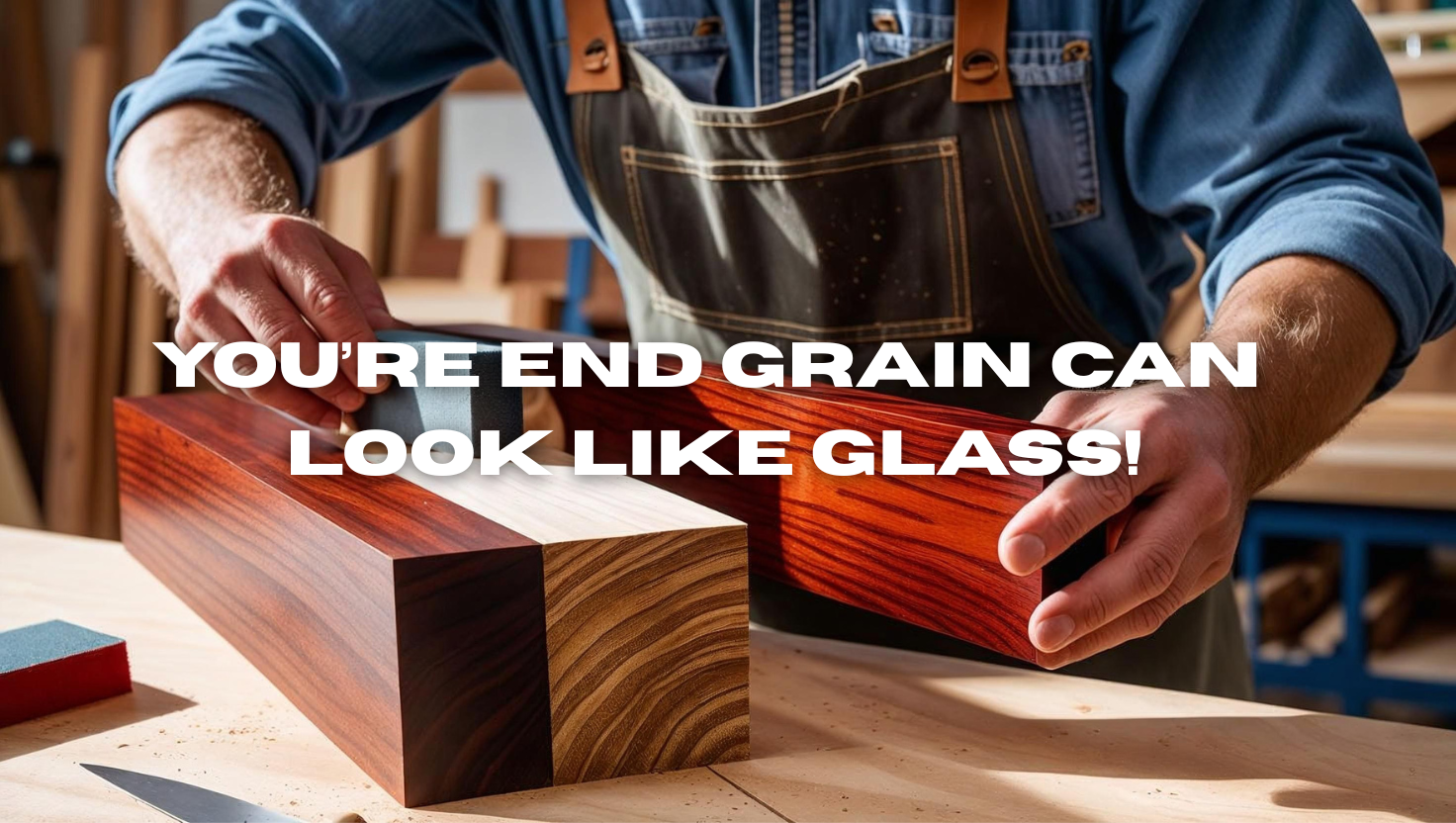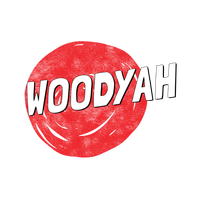Thanks for the Mention @ Wood by Wright! The Highly Anticipated Screw Sample Pack Is Now Available
Can You Hand Plane End Grain
 Can You Hand Plane End Grain?
Can You Hand Plane End Grain?
The short answer: yes, you can hand plane end grain. But here’s the catch—it’s not easy, it’s not ideal, and you’ll need to create the right conditions for success. A razor-sharp blade, the right technique, and a little patience will make the difference between frustration and a clean, smooth cut.
Why End Grain Is Tricky
End grain is the part of the wood where the fibers run straight up and down—think of it like cutting into the ends of a bundle of straws. Your hand plane is trying to slice through all those tiny fibers at once. That’s why your blade needs to be sharp as hell and set for a very fine cut, with the edge barely peeking out of the sole of the plane.
If you rush it or use a dull blade, you’ll end up with splintering, tear-out, or what woodworkers call “blowout” at the far edge of the board. Don’t worry—we’ve all been there. Mistakes are part of the journey. Just remember: never practice on project wood. Always practice on scrap first.
How to Prevent Blowout
There are a few tricks that every woodworker keeps in their back pocket when planing end grain:
- Chamfer the edges with a chisel: Before you even touch the plane, use a chisel to create a small bevel (chamfer) along the end. That tiny angled edge keeps the end fibers stiff and prevents them from tearing away as your plane exits the cut. This is my go-to method.
- Plane from the outside in: Instead of running the plane straight across the whole width, start from each outside edge and push toward the center. Blowout can’t happen if you’re moving inward.
- Use a sacrificial board: Sandwich your workpiece between two scrap boards that are flush with the top surface. Plane across all three pieces as one. The scrap will take the blowout, leaving your actual piece clean.
The Shooting Board Trick
Another classic tool for end grain work is the shooting board. This is basically a jig that holds your board steady while you run a plane sideways across the end. It takes a bit of setup, but the results are beautiful—especially for things like picture frames or box-making where you want perfect 90° cuts.
Here’s the thing though: shooting planes range in price. A vintage Stanley 51/52 setup can cost a few thousand dollars. Modern versions from Lie-Nielsen or Veritas will set you back a few hundred—which is much more reasonable but still a commitment. Personally, I didn’t want to spend the money starting out, so I stuck to my chamfer trick until I was ready for that next step.

Practice, Patience, and Progress
If your first try looks rough, don’t get discouraged. Your second attempt will be better, and by your third you’ll start adding little improvements that make you proud. That’s the beauty of woodworking—it’s human nature to get better with each try. Remember, it’s a hobby. It’s supposed to be fun.
The best part? Every mistake is just another lesson. Use your scrap wood, listen to the sound of the blade, pay attention to grain direction, and enjoy the process. Eventually, you’ll be creating joints and finishes that you never thought were possible.
Final Thoughts
So, can you hand plane end grain? Absolutely. But it’s not about rushing through or expecting perfection the first time. It’s about learning little by little, enjoying the feel of the tool in your hands, and celebrating progress. With a sharp blade, a light cut, and a few tricks like chamfering or using a shooting board, you’ll surprise yourself with how good the results can be. When you're ready check out the Tote Turner.
Tip from the bench: Don’t overthink it. Try it, mess it up, learn, and try again. That’s woodworking.
Powered by Lightspeed
Display prices in:USD
